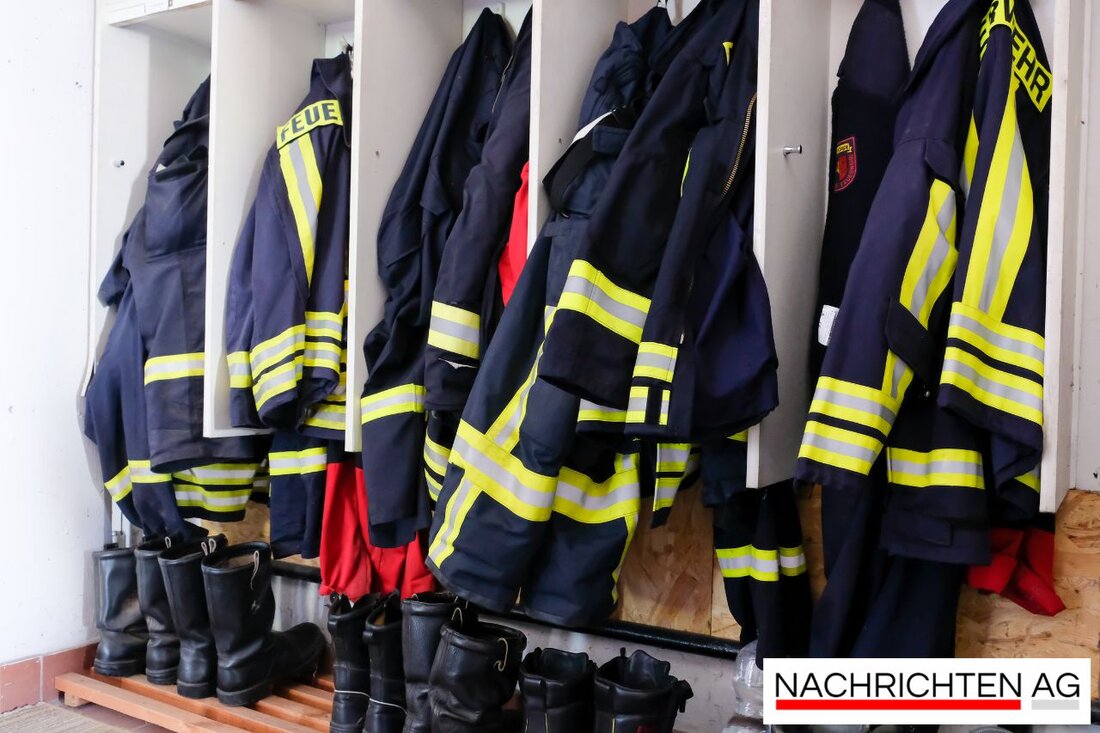Regional train stranded in Berg am Laim: 200 passengers evacuated!
On June 10, 2025, there was damage to the overhead line near Berg am Laim, which evacuated 200 passengers from a regional train.

Regional train stranded in Berg am Laim: 200 passengers evacuated!
It's an ordinary Tuesday in Munich and yet an incident is keeping the city in suspense. On June 10, 2025 at around 12 p.m. there was damage to the overhead line in Berg am Laim, which forced a regional train on the way to Kufstein to come to a standstill. Around 200 passengers were on board at the time and had to prepare for unforeseen circumstances. The train's pantograph had significant problems due to the damage, meaning that passengers could not simply continue their journey.
Not only the Deutsche Bahn emergency manager was on duty to raise the alarm, but also the Bavarian Regiobahn, the federal police, the Munich police headquarters and the fire department. Together they quickly got the critical situation under control. The passengers were evacuated using ladders that were attached to the train to bring the passengers safely to nearby Hermann-Weinhauser-Straße. The stressed travelers had to climb over the train tracks, which made the situation even more tense. To make it easier to return to the city, a nearby tram stop was pointed out so that passengers could travel as quickly as possible while the railway line between Munich Ostbahnhof and Grafing was closed. [stadtmagazin-muenchen24] reports that a replacement rail service has also been set up to ensure passenger mobility.
Disruptions in train traffic
The impact of the incident was far-reaching. Several regional trains traveling towards Salzburg and Kufstein were canceled. Long-distance trains also had to contend with delays of up to 20 minutes because they were rerouted via the freight station tracks. This was quite annoying for many travelers, not least because the original destination now had to consider travel options further away [tz].
The cause of the damage to the overhead line initially remained unclear; Nevertheless, Deutsche Bahn announced that the necessary repairs should probably be completed in the evening. There are already critical voices in the public about Deutsche Bahn's emergency management. It is repeatedly criticized that there are difficulties during evacuations and that the approach is sometimes disorganized. In a recent case, the emergency manager was often only at the scene after more than 30 minutes, even though this shouldn't actually be the way things were [merkur].
An interesting statistic shows how often such an incident occurs: With around 39,000 trains per day, around 1.56 - almost 47 - trains per month have to be evacuated on the open route. To do this, rescue workers usually have to be on site quickly. However, evacuation times are often long and problems with ventilation while the train is at a standstill could lead to dangerous conditions that receive little public attention.
If you now look at the experiences of the last incidents, there is definitely room for improvement in emergency management. It remains to be hoped that Deutsche Bahn will take the criticism seriously and work on better organization in order to avoid such emergencies in the future. Parents with small children, older travelers or passengers with health problems are often particularly sensitive in such situations - there is definitely still a lot of potential for improvement.

 Suche
Suche
 Mein Konto
Mein Konto